Trains! My Trip to The Railway Museum in Saitama (and to Marunouchi)

Sunday, March 11 marks the seventh anniversary of the Tohoku Earthquake and Tsunami, a magnitude 9.1 earthquake that struck off the coast of Japan’s Tohoku region, creating a tsunami (harbor wave) that damaged the Fukushima-Daiichi Nuclear Power Plant, resulting in the worst nuclear disaster since Chernobyl. Gee, that’s a great way to start off a blog post.
Luckily, there were no major earthquakes, tsunamis, or nuclear meltdowns today. Instead, I traveled about an hour north to Saitama to visit the Railway Museum. This museum, owned and operated by Japan Railways East (JR East), opened in 2007 and houses various locomotives ranging from steam engines to retro electric trains. But more on that later.
In an email exchange with a friend of mine a couple weeks ago, she reminded me to “make the most” of my limited time in Japan. I’m so glad she did; she indirectly inspired me to “make the most of it” and go to the Railway Museum. I left my dorm in Takadanobaba at about 1:30 PM and boarded the Yamanote Line train for Ikebukuro. Once I arrived at Ikebukuro (my favorite station), I transferred to the Saikyo Line bound for Omiya station in Saitama. About halfway through, I boarded a different Saikyo train as it was a rapid-service train, shortening my journey time considerably. I then transferred to the New Shuttle, a small elevated “train,” for the Railway Museum, where I disembarked and purchased my ticket.
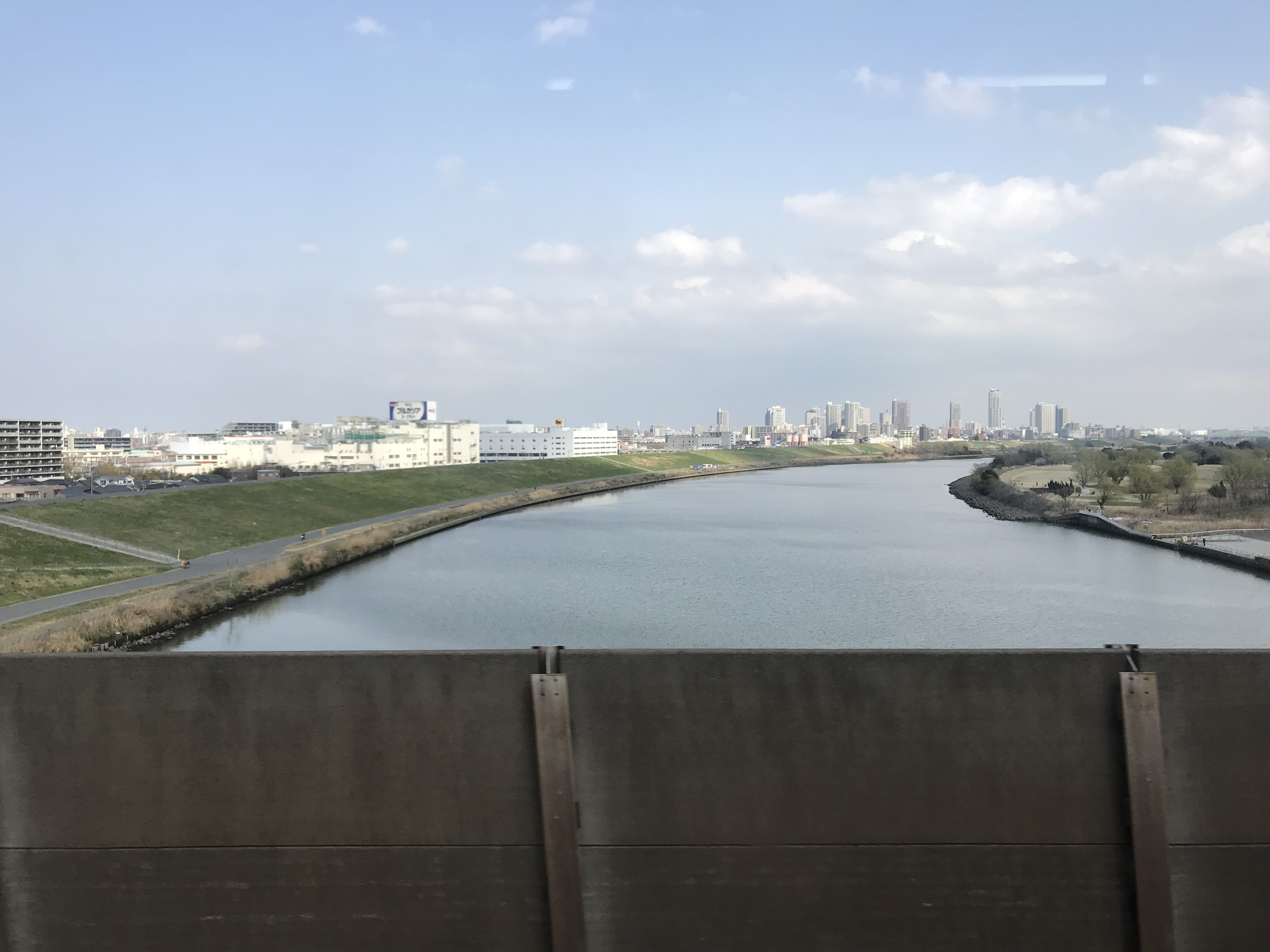
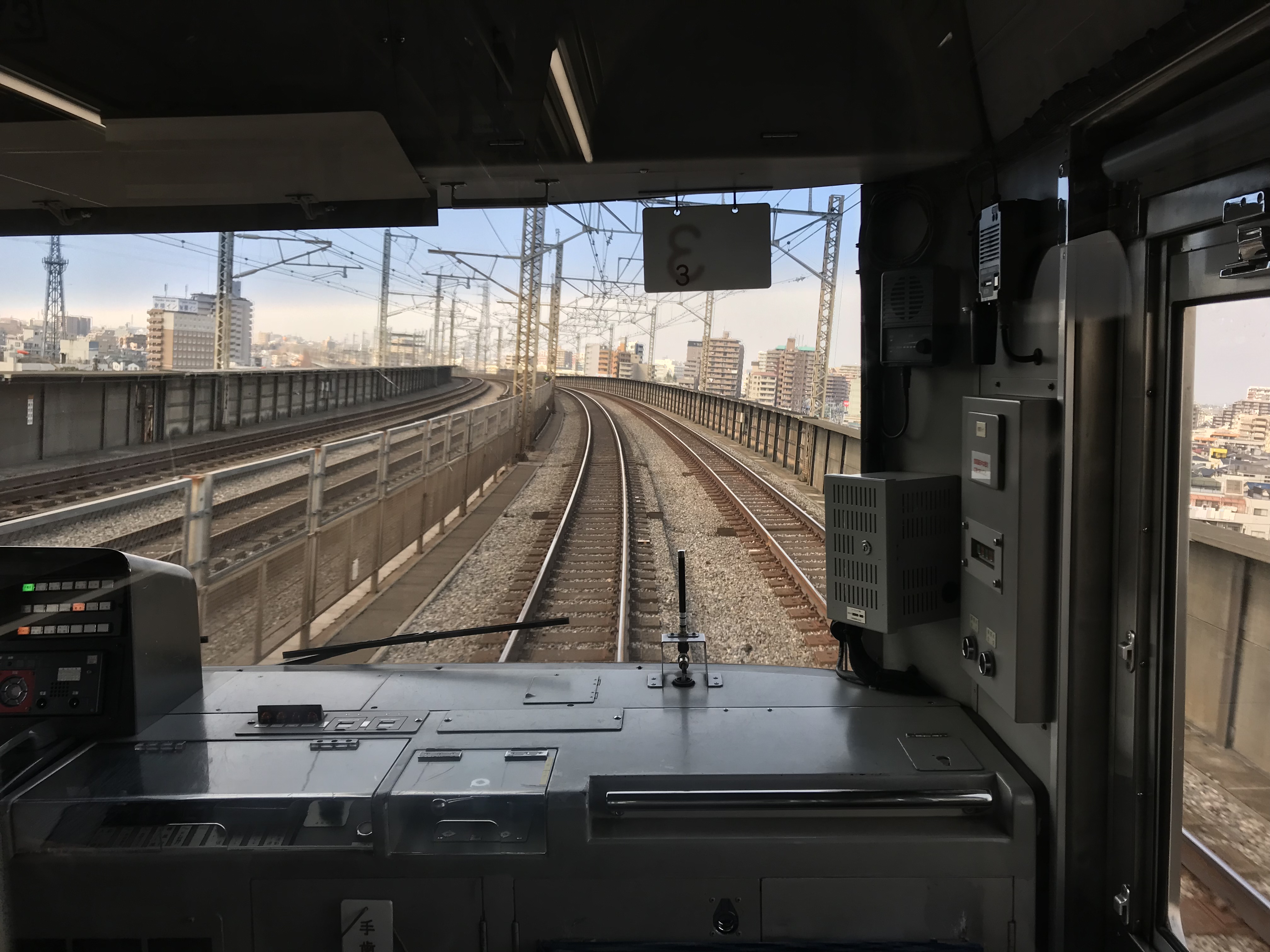
If you have a Suica card, you can just go to a machine and pay your entry fee to the museum with that. Your ticket is recorded on your card and all you have to do is tap your card over a receiver and BOOM! You’re in (think of buying a museum ticket and loading it on your TAP card). Having a strong passion for trains, I was in awe at the locomotives on display, ranging from steam engines from the 1920s, electric locomotives from the former Japanese National Railways (JNR), and even a 200 series Shinkansen on display. At the center of the display is a steam locomotive on an active turntable. This turntable rotates a couple of times per day for all visitors to watch. I was on the second floor of the museum when the crew started blocking off access to the turntable and started rotating it! To my surprise, the conductor blew the mighty steam engine’s whistle for everyone in the museum to hear. This was by far the loudest thing I have heard during my stay in Japan! It took about 10 minutes for the locomotive to complete one rotation, after which the crew members reopened the gates and placed green mats over the edge to prevent visitors from getting injured. After witnessing the main event, I headed over to the Diorama, a display of model trains whizzing around a scaled-down Japan. Everyone grabbed a seat as we watched a miniature day of locomotive action go by, witnessing sun-up and sundown in a matter of minutes as our announcer was discussing the history of Japanese trains and their evolution. Despite having been in Japan for two months, the only word I understood was “Shinkansen,” which literally means “New Trunk Line.” Once the show was over, everyone applauded and then walked over to the massive train table, witnessing and photographing miniature Shinkansen, Yamanote Line, Keihin-Tohoku Line, and freight trains whizzing across miniature Japan. It was a sight to behold.
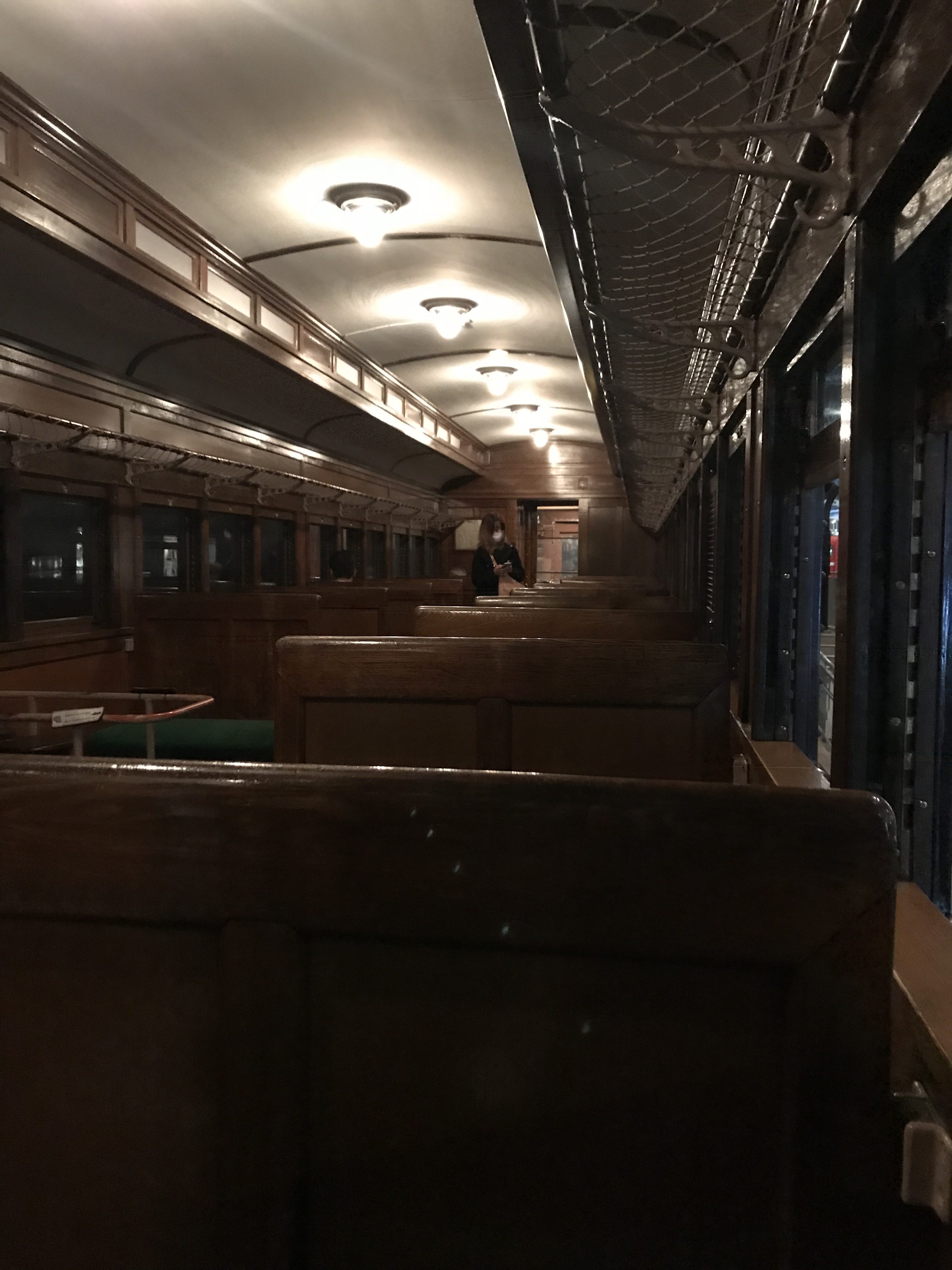




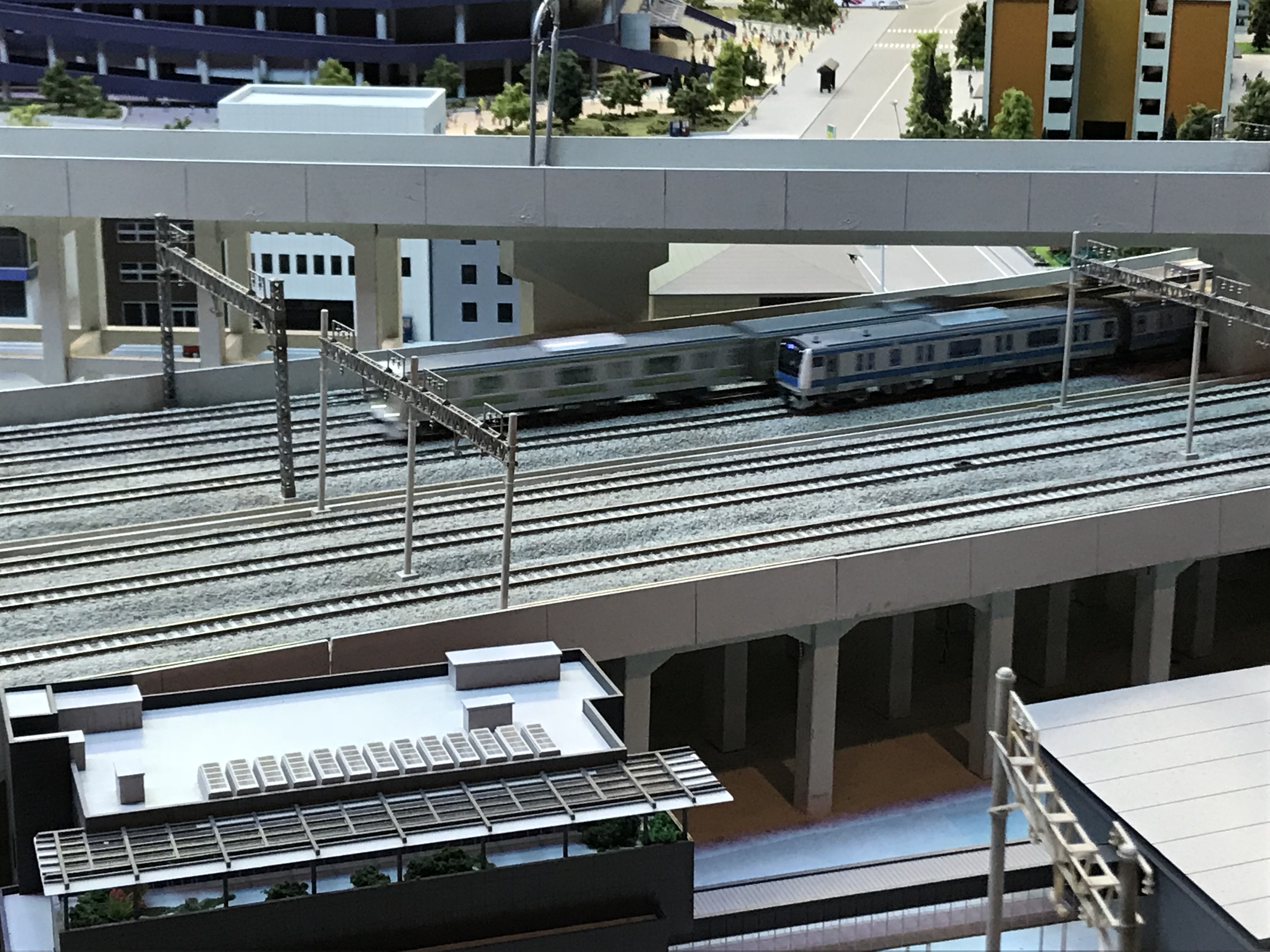
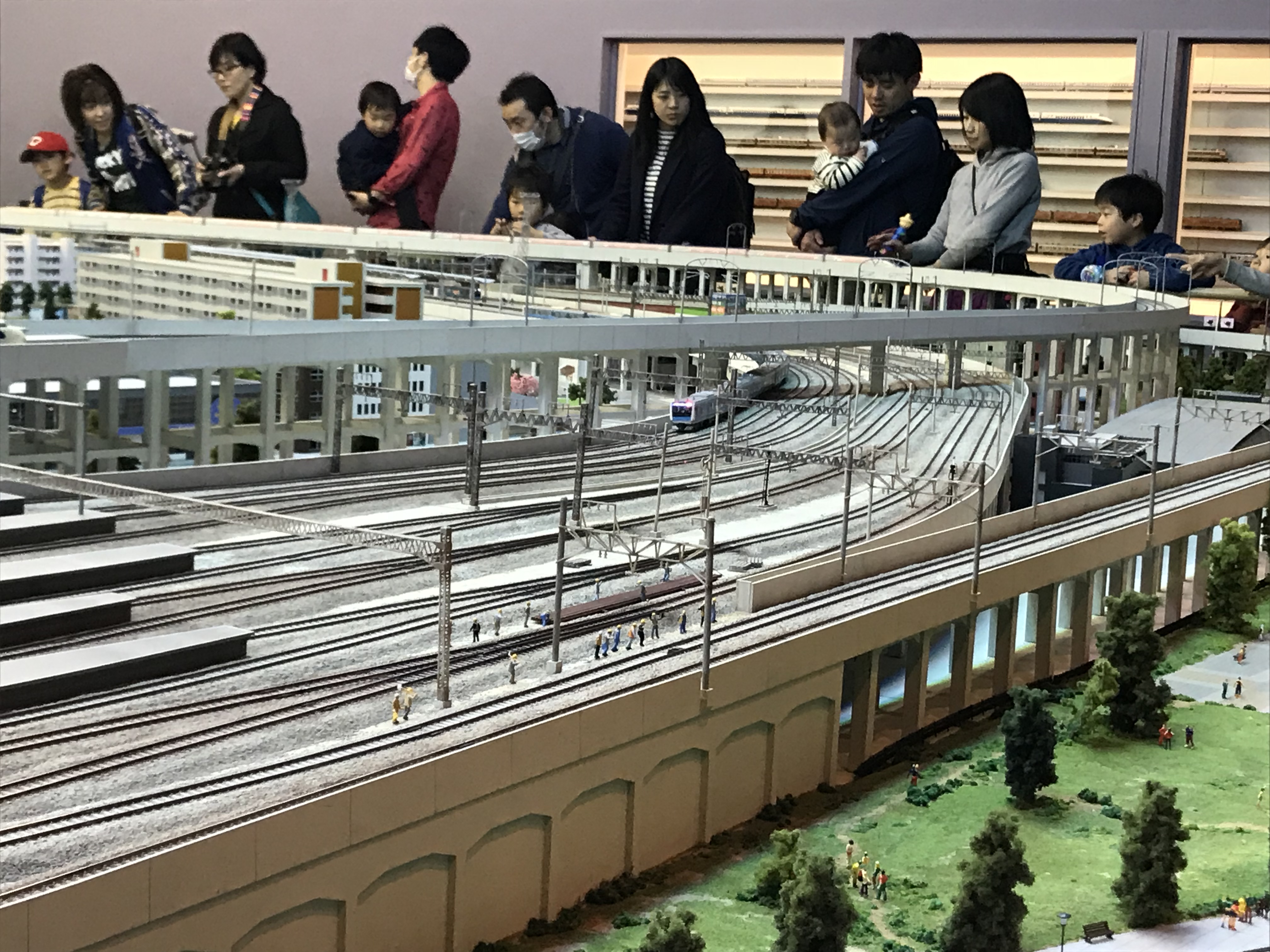
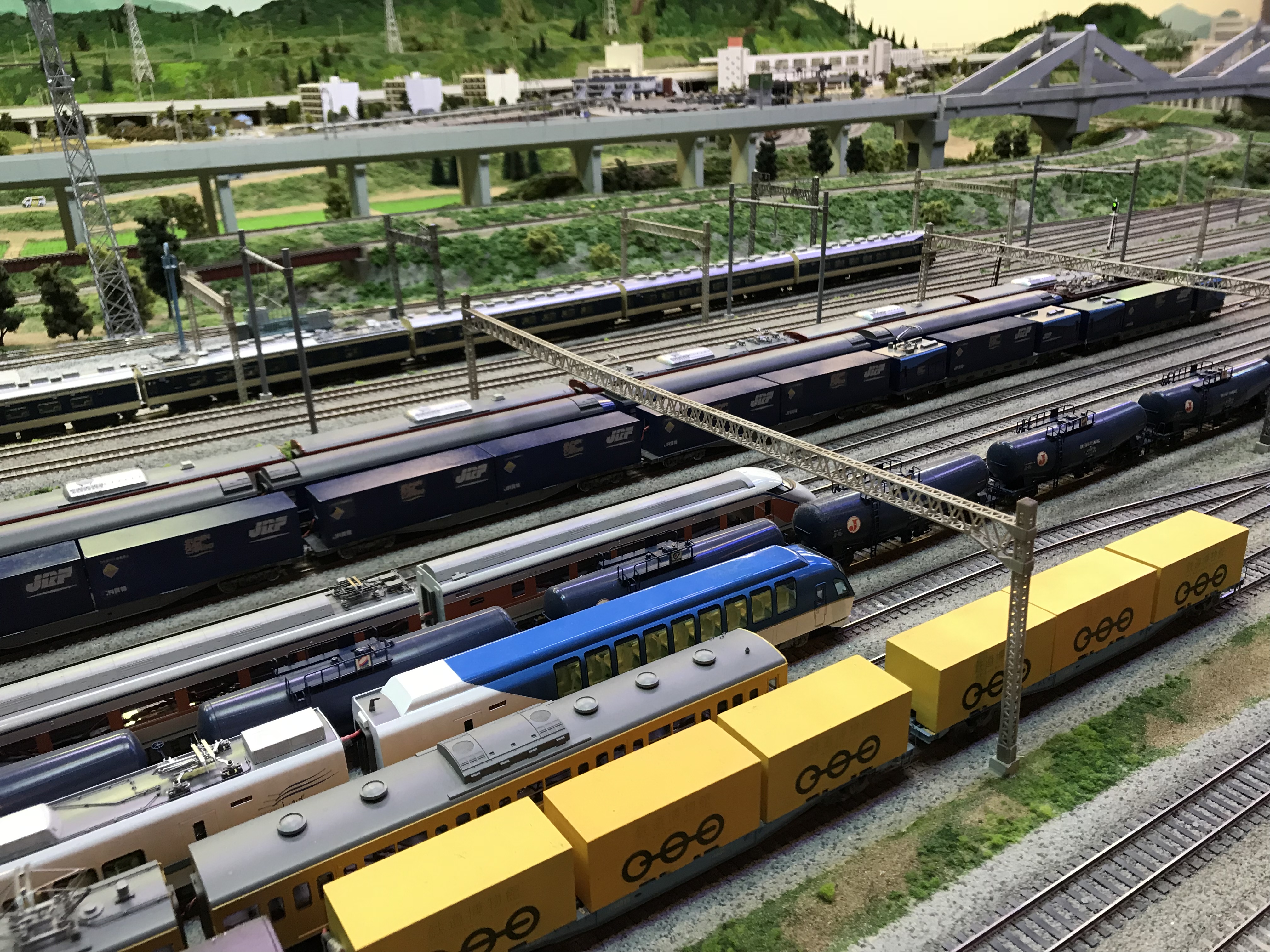
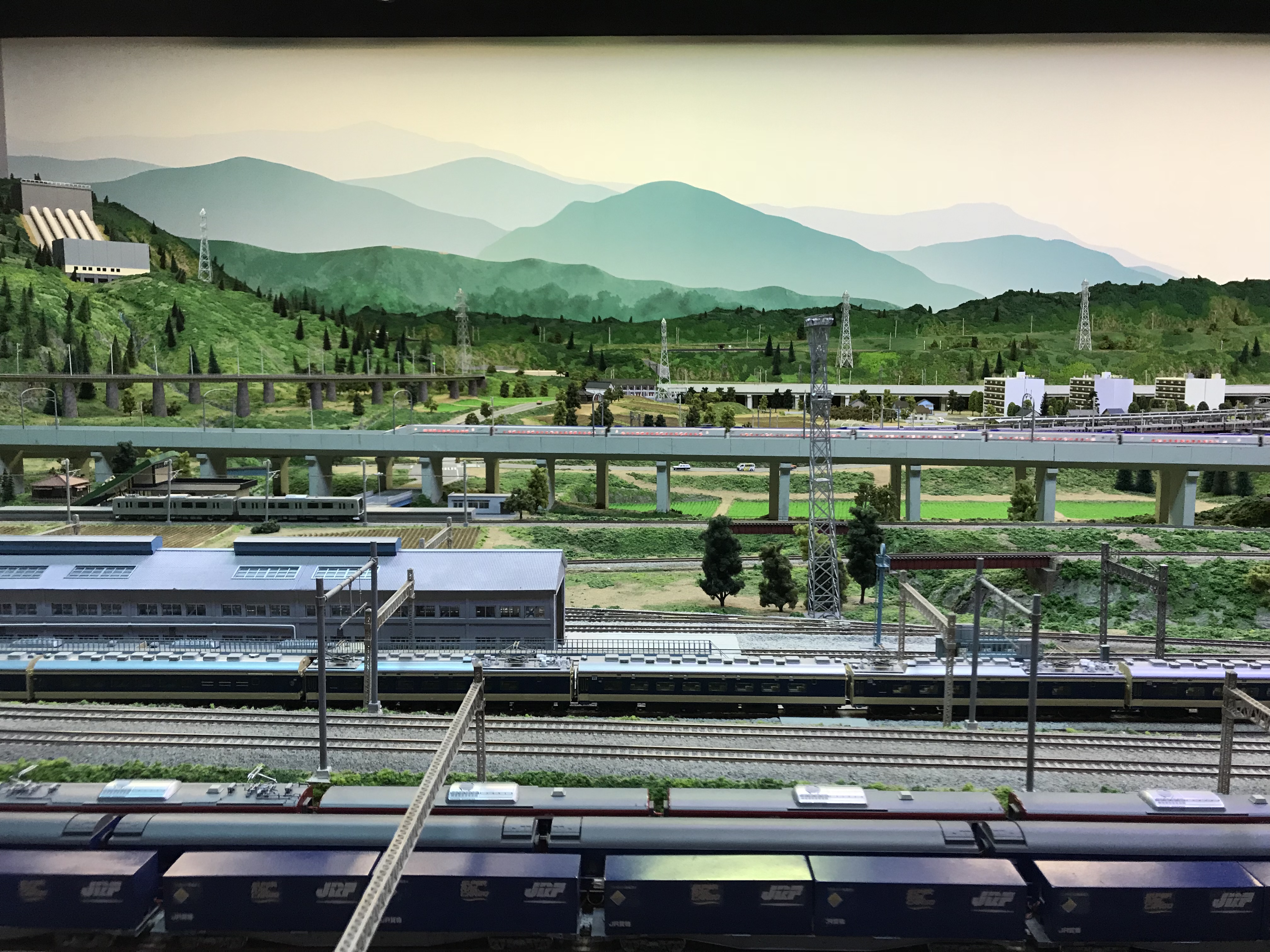
After going upstairs in an attempt to witness some actual Shinkansen trains pass by, I headed back down to visit the gift shop. While I was there, these two Shinkansen models caught my eye; one was of a 0 Series Shinkansen, the original train that traversed the original Shinkansen route (Tokyo-Osaka)(I will be riding this line soon) and the other was of “Doctor Yellow,” a special Shinkansen trainset loaded with monitoring equipment to ensure perfect track conditions. It’s in part because of Doctor Yellow that the Shinkansen system has never had a single fatality in its 54 years of operation. Now with my nerd talk out of the way, I purchased these two models only to discover that they’re both mobile phone chargers! Hey, at least I won’t run out of power if I ever decide to use them, but these models were of such high quality that I plan on just displaying them, not actually using them to charge my trusty iPhone 7.


After leaving the museum, I took the New Shuttle back to Omiya Station and decided to take a different train back. In part because I was hungry and I wanted to explore a new line, I decided to board the Keihin-Tohoku Line, which terminates at Omiya Station and ride the train to the grand Tokyo Station located in Marunouchi, Chiyoda-ku, Tokyo. Since I boarded the local train, it took me 45 minutes to arrive at my destination. At some point, it paralleled the Yamanote Line, stop for stop, once we entered the special wards of Tokyo. I left Tokyo Station at the best time of day, walking around Marunouchi during the sunset, wandering through the glistening, golden-toned skyscrapers of Marunouchi, or what Beverly Hills would look like if it was a downtown. I quickly walked into Chiyoda, the Capital of Japan, basking in the glorious sunset as I was getting glimpses of the Emperor’s Palace and Edo Castle. I only saw glimpses of these magnificent buildings and both buildings were closed off to the public, but that’s okay, I’ll try and go back before I leave.
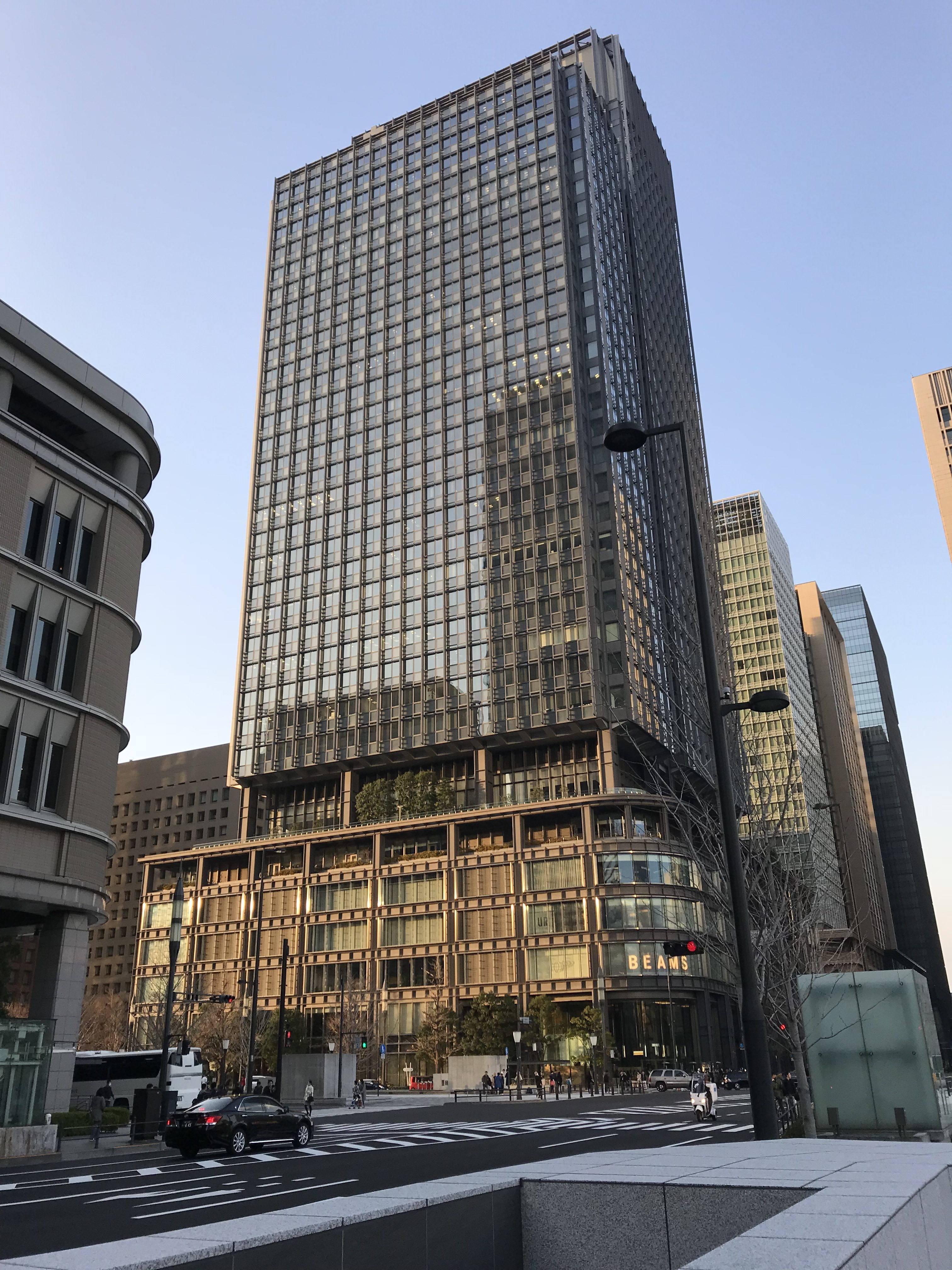
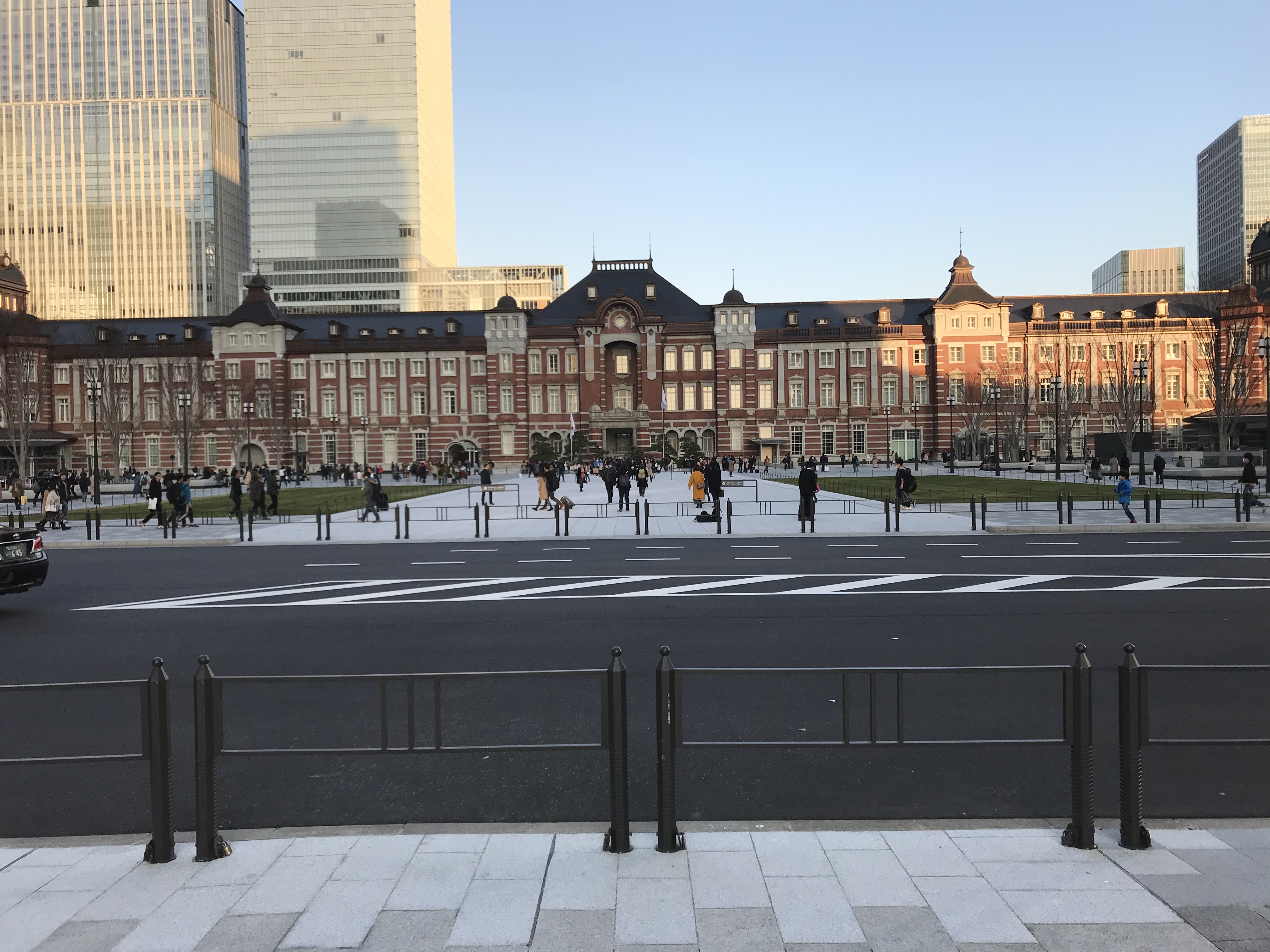
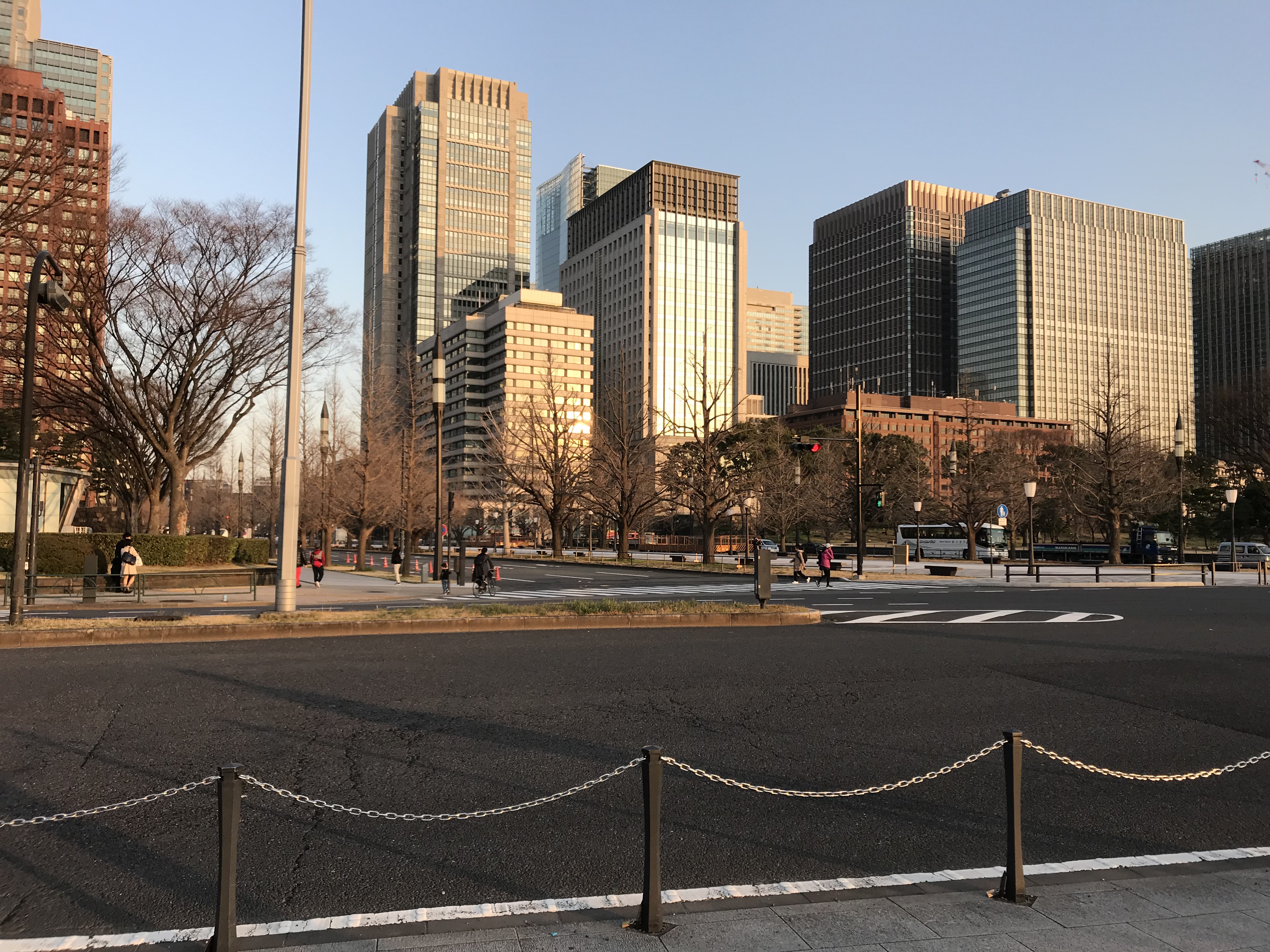
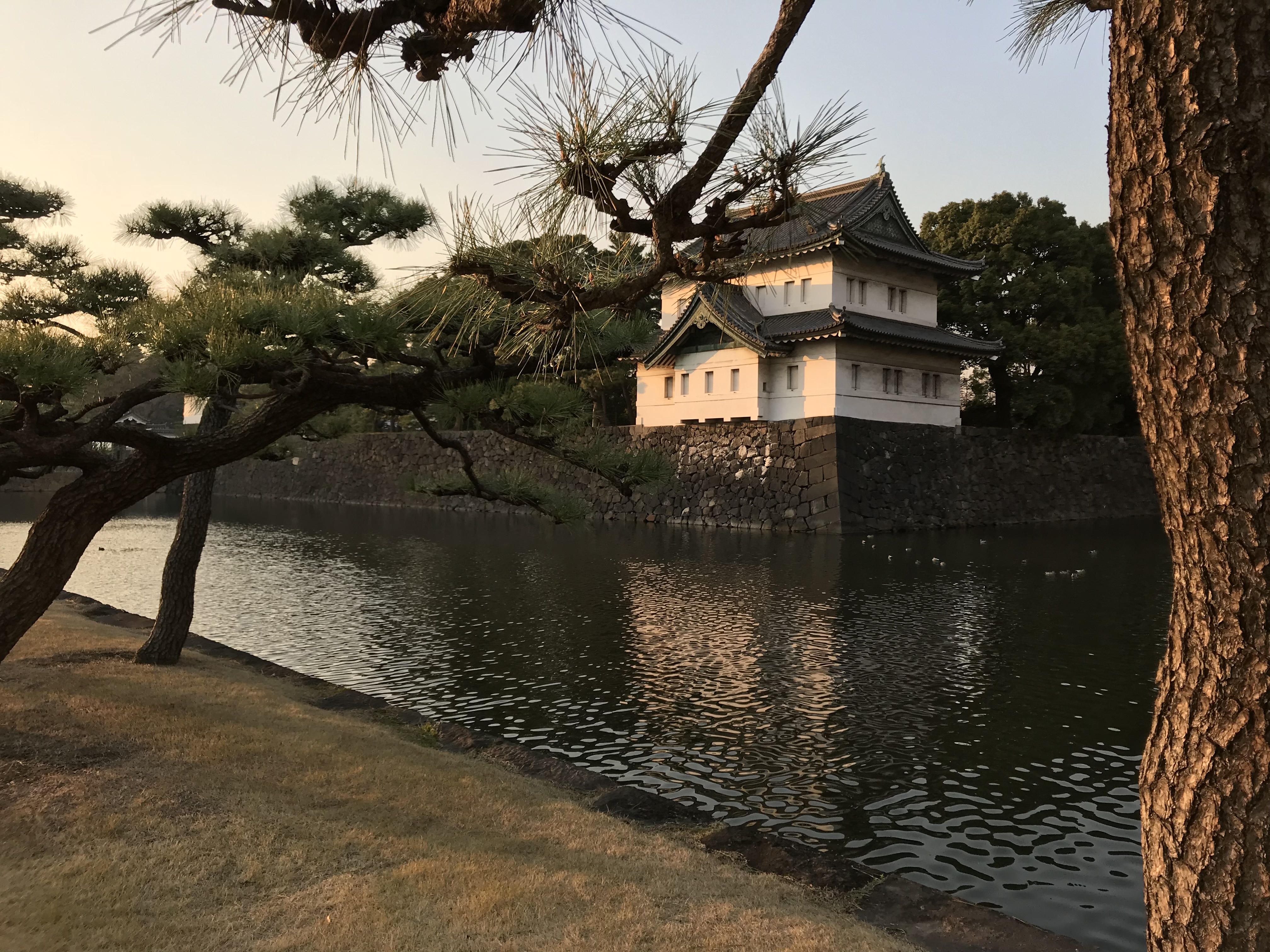
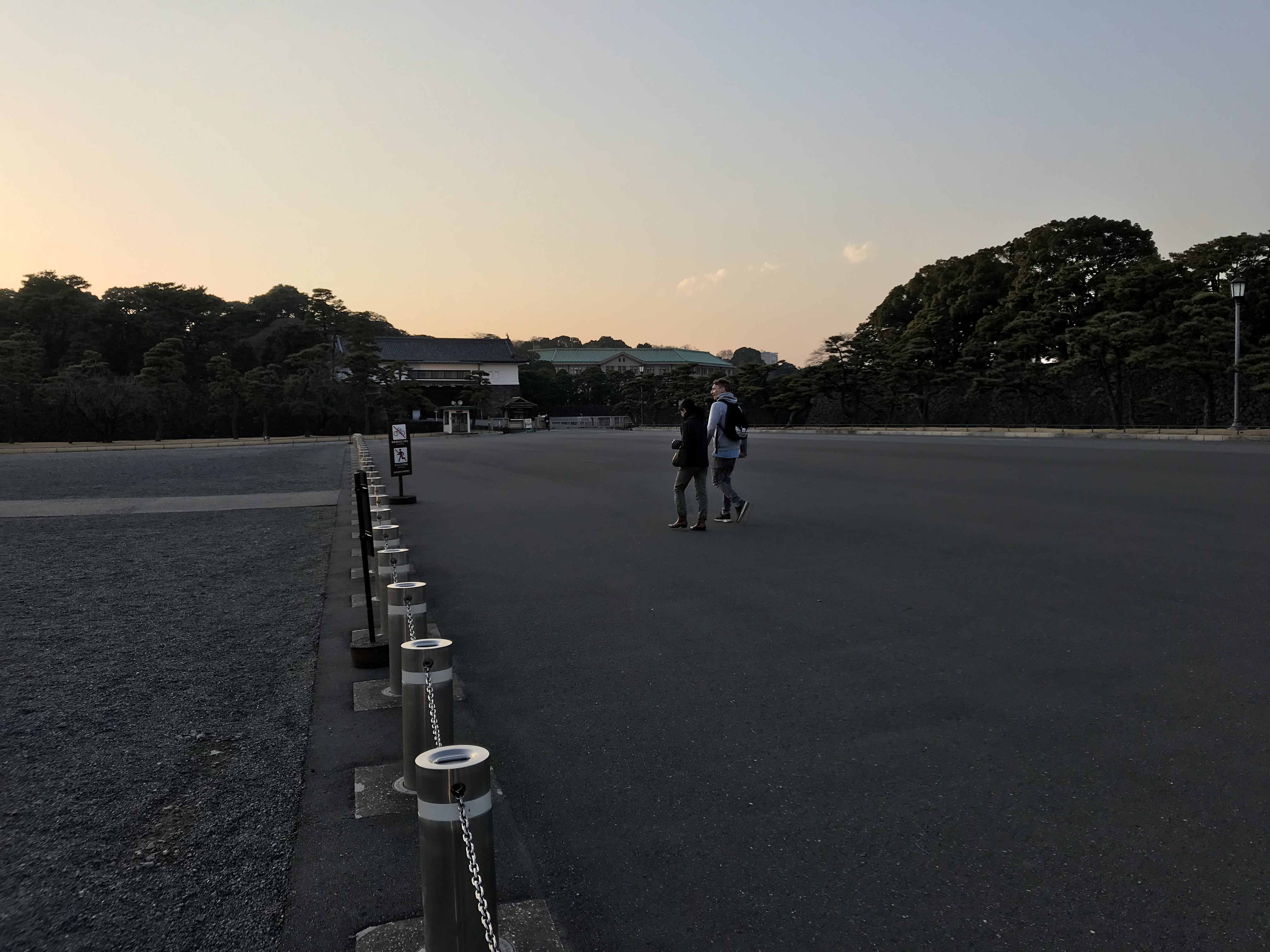
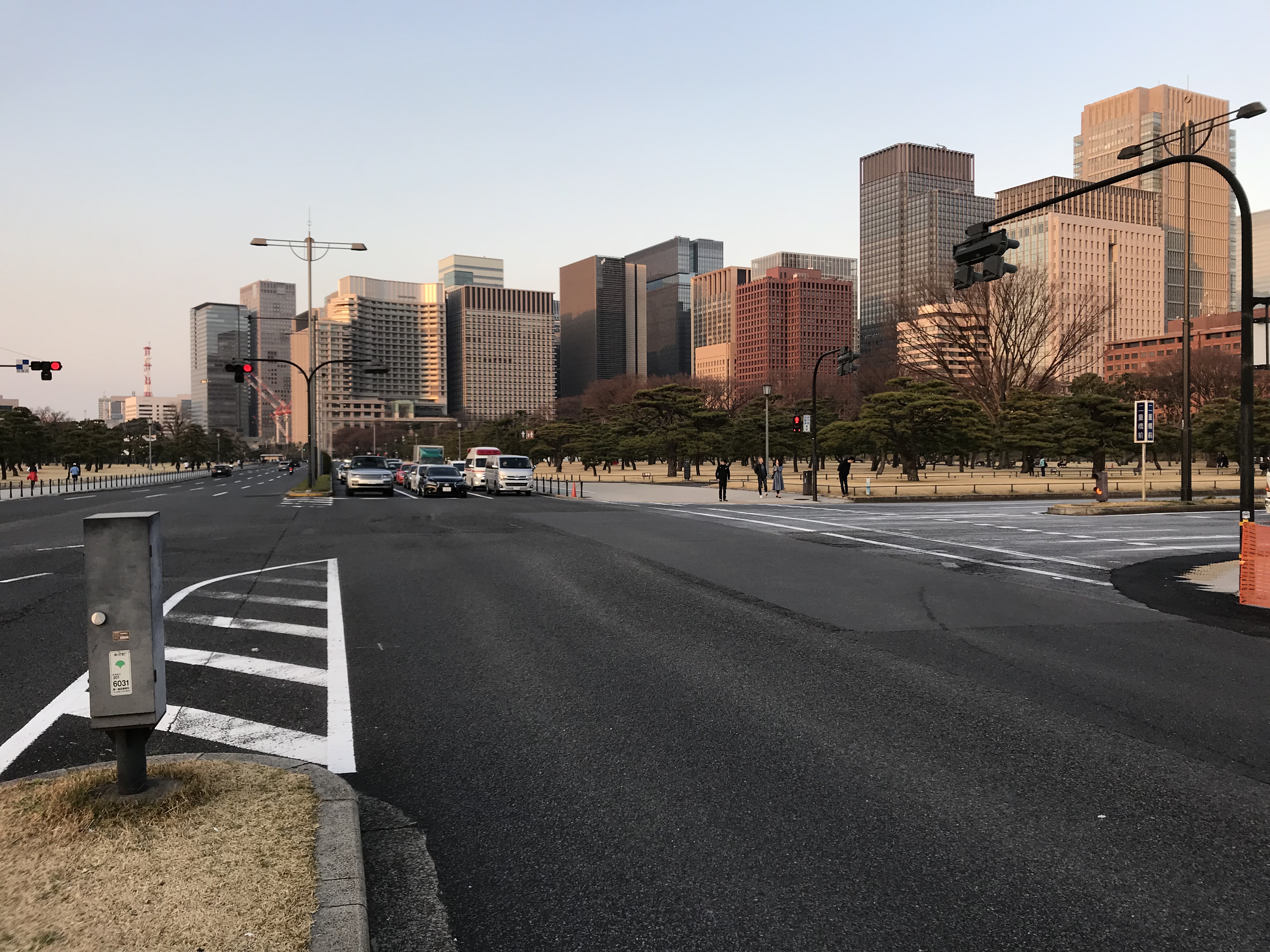

After a few minutes, I headed back towards Tokyo Station in search of food. I ended up walking along this street filled with these hole-in-the-wall restaurants located underneath the railroad tracks. I decided to eat at this Yakiniku restaurant called Toraji, and it was the best meat I have had yet on this trip! I ordered some Sirloin Sushi and some Wagyu Beef, savoring every bite of my delicious, melt-in-your-mouth beef. It turned out to be my most expensive meal in Japan yet but it was worth every yen (and bite).
After my amazingly-delicious meal, I headed back to Tokyo Station and boarded the Chuo-Rapid Line to Shinjuku, then the Yamanote Line bound for Shibuya, picked up some Krispy-Kreme doughnuts, and headed back on the Yamanote Line to Takadanobaba. My short excursion was now complete. Can’t wait to see what Osaka and Kyoto bring.